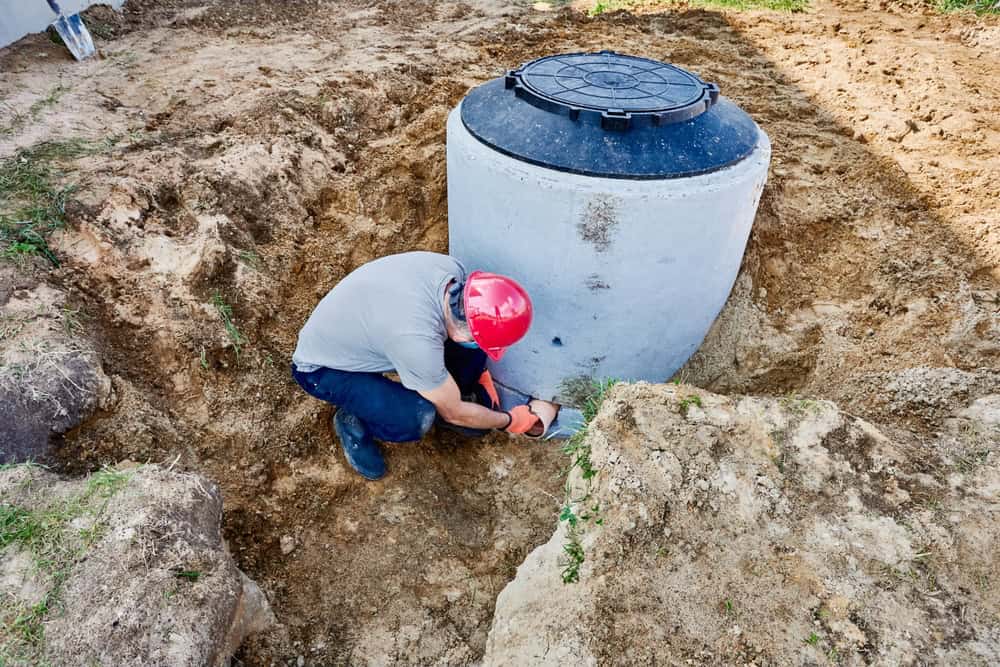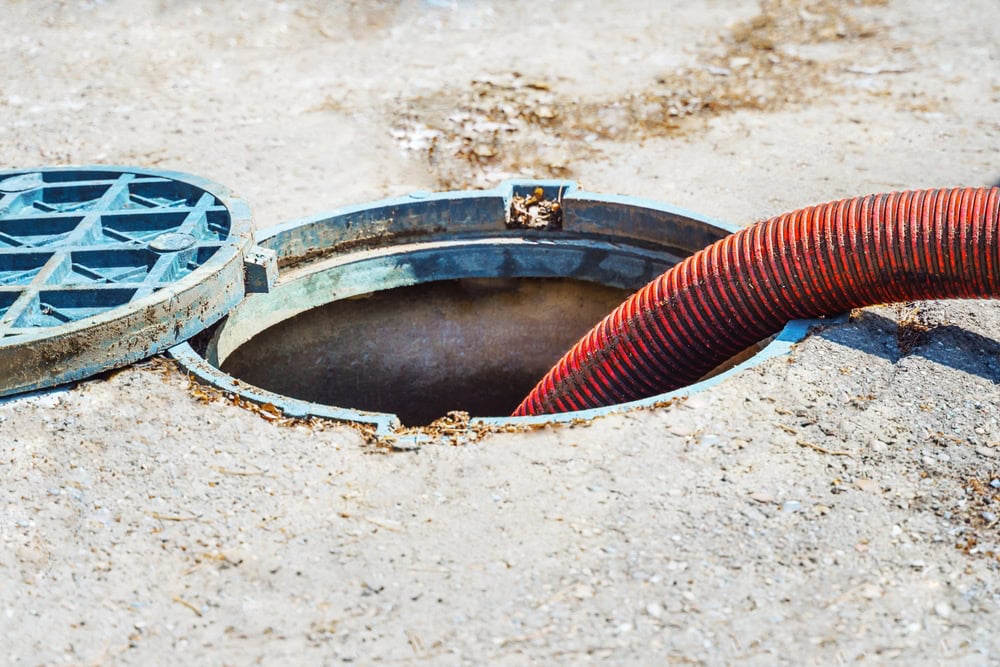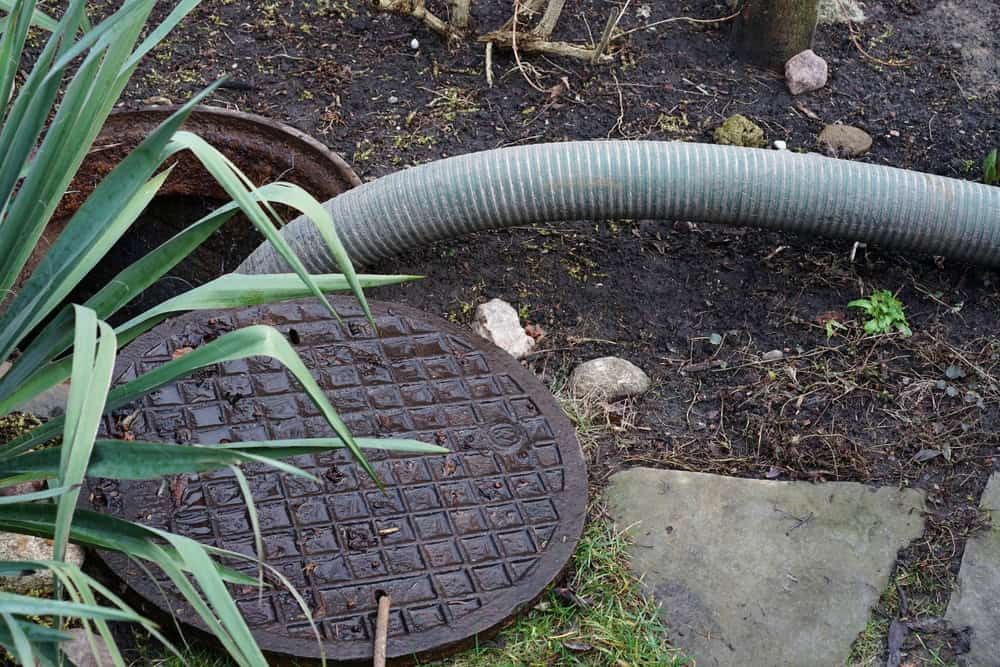Summary:
Why Long Island Buyers Care About Your Septic System
Long Island is a disorganized mix of cesspools, septic tanks and sewage systems, with nearly 90% of Nassau County connected to sewage systems compared to roughly a quarter of Suffolk. This means your septic system isn’t just a utility—it’s a major factor in your home’s marketability.
Selling a home with a failed septic system reduces your buyer pool and your home’s selling price, plus it means more days on market because it takes time to find a buyer willing to take on your home’s problems. Smart buyers know that septic system failures can cost $3,000 to over $10,000 to repair, so they’re looking for homes with reliable, modern systems.
How Mortgage Lenders View Septic Systems
Your septic system’s condition directly affects financing options for potential buyers. Some lenders, particularly those offering FHA or VA loans, may require repairs or replacements before final loan approval, and title insurers may also raise red flags about missing permits or incomplete documentation.
For mortgage approval, septic systems must be certified as functional, sufficient to fulfill the property’s needs, and within the standards set forth by the local health department. This means buyers aren’t just worried about whether your system works today—they need proof it meets current standards and won’t become their problem tomorrow.
In New York, resolving septic system violations requires documented proof of repairs meeting current codes, and when selling, you need to provide inspection reports and contractor certifications showing compliance, as mortgage lenders typically require passing inspections before loan approval. Without proper documentation, even a functioning system can derail a sale.
The reality is that buyers have options. They can choose a home with a newer, compliant system or negotiate significant credits to cover potential issues with yours. If problems are found during inspection, buyers may be able to negotiate for repairs or credits before closing. A proactive replacement puts you in control of the situation instead of reacting to buyer demands.
Long Island's Changing Septic Regulations Impact Home Values
The New York State Department of Environmental Conservation has determined that conventional septic systems and cesspools on Long Island are considered failing since they are neither designed, nor capable of removing significant amounts of nitrogen. This isn’t just an environmental concern—it’s becoming a real estate issue.
As of July 1, 2021, Suffolk County requires I/A OWTS (Innovative/Alternative Onsite Wastewater Treatment Systems) for all new single-family residential construction projects and all existing residential projects classified as ‘Major Reconstruction’. These systems aren’t just recommended—they’re mandatory for many situations.
Suffolk County has enacted regulations that phase out old cesspools, particularly in environmentally sensitive zones, and under Article 6 of the Suffolk County Sanitary Code, certain homes are required to replace their cesspools with modern systems during property transfers or substantial renovations, though Suffolk County and New York State offer financial incentives for homeowners who install I/A OWTS systems.
What this means for your home value is significant. Buyers know they might be required to upgrade your system anyway, so a home with a modern, compliant system eliminates that uncertainty and expense. These advanced systems remove up to 90% of the nitrogen that leads to environmental problems, making them not just compliant but genuinely better for Long Island’s water quality.
The Financial Reality of Septic Tank Replacement on Long Island
The cost to replace a septic tank is $7,350 for the average homeowner, though this cost can range from $470 to $22,500, depending on several factors. Before you let those numbers scare you, understand that significant financial assistance is available specifically for Long Island homeowners.
Suffolk County’s 2025 mandate requires nitrogen-reducing technology for all new installations, but Suffolk’s septic improvement program offers rebates of up to $30,000 that can cover most—or even all—expenses. Nassau County’s Septic Environmental Program provides grant funding of up to $20,000 to repair and replace failing septic systems with nitrogen-reducing systems.
Available Grants and Financial Assistance
The grant programs available to Long Island homeowners are substantial and designed to make upgrades affordable. The Suffolk County Septic Improvement Program provides up to $10,000 base grant, with up to an additional $10,000 available for installing pressurized shallow drain field leaching systems ($5,000) and/or unit installation for low to moderate income eligible applicants ($5,000), plus Suffolk County offers low interest loans of up to $10,000 through the Community Development Corporation of Long Island.
Nassau County’s Septic Environmental Program to Improve Cleanliness provides grant funding of up to $20,000 to repair and replace failing septic systems with nitrogen-reducing systems, using $10,000 of federal funds from the American Recovery Plan Act in conjunction with $10,000 from State Septic System Replacement Grant funds.
As of 2024, there are currently enough County and State funds for 403 grants, with provisional grant acceptance given on a first-come, first-served basis to qualified applicants. This means the funding exists, but it won’t last forever.
The application process requires meeting specific eligibility criteria, but for qualifying homeowners, these programs can make a new septic system essentially free. Even if you don’t qualify for full grants, the available loans and partial funding can dramatically reduce your out-of-pocket costs while adding significant value to your property.
Return on Investment for Septic System Upgrades
When evaluating the financial impact of septic tank replacement, consider both the immediate costs and long-term benefits. Replacing your septic system is an investment in your property’s value and your family’s well-being, and the numbers support this investment.
A homeowner can expect to spend roughly $500 a year on their septic system averaged over time, which is typically less than paying government sewer fees plus any maintenance or repairs involving a sewer line. This means a properly functioning septic system isn’t just about avoiding problems—it’s about ongoing cost savings.
Upgrading to a more efficient system can increase your property’s value and appeal. Buyers recognize the value of a modern, compliant system that won’t require immediate attention or regulatory upgrades. Even if you can sell a home without a functioning septic system, expect a diminished buyer pool and prepare to lower your price.
The math is straightforward: a failing system costs you money in reduced sale price, extended time on market, and potential buyer negotiations. A modern system eliminates these concerns while potentially qualifying for substantial grants that offset the installation costs. Don’t let cost concerns delay addressing a failing septic system—the longer you wait, the more expensive the problem can become.
Making the Smart Investment in Your Long Island Home's Future
Your septic system is more than infrastructure—it’s a key component of your home’s value and marketability on Long Island. With changing regulations, available grant funding, and buyer expectations, replacing an aging system isn’t just maintenance—it’s a strategic investment.
Modern septic tanks last 20-30 years with regular pumping and inspections to help maximize their life. This means you’re not just solving today’s problems but ensuring decades of reliable service that protects your investment and gives buyers confidence.
The combination of substantial grant programs, regulatory requirements, and buyer preferences creates a unique opportunity for Long Island homeowners. Whether you’re planning to sell soon or want to protect your long-term investment, a new septic tank positions your home advantageously in the market. For expert guidance through the process, from permits to installation, we have the local knowledge and experience to help you make the most of this important investment.




